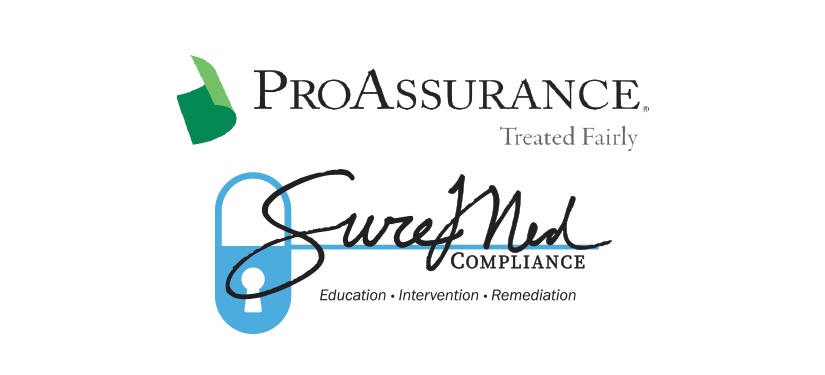Tag: compliance
-

Record Year for HIPAA Enforcement
In the current environment of regulation reduction, it is notable that the Department of Health and Human Services (HHS) received a record $28.6 million dollars in publicized settlements and judgments for HIPAA violations in 2018. These numbers surpass previous years with the closest year on record being 2016 in which HHS collected $23.5 million dollars.…
-

Is Your Corporate Compliance Plan Up-to-Date?
As 2019 kicks off, it is wise to review various aspects of your practice to ensure everything is up to date and continues to operate in compliance with applicable laws. One area of focus for such review is your corporate compliance plan. Compliance plans are written policies and procedures, adopted by a health care provider,…
-

ProAssurance and Sure Med Compliance Join to Fight Opioid Crisis
BIRMINGHAM ─ ProAssurance Corporation has announced an exclusive affiliation with Sure Med Compliance® (SMC) to promote the use of SMC’s Care Continuity Program® (CCP) in an effort to help combat the opioid epidemic in the United States. ProAssurance-insured physicians will be eligible for discounted access to Sure Med’s Care Continuity Program The CCP helps physicians…
-

Do You Know How to Easily Avoid a HIPAA Penalty?
If you have any questions, call PCIHIPAA at (800) 588-0254. Let them know you are a member of the Medical Association of the State of Alabama.
-

Medical Association Chooses PCIHIPAA to Help Benefit and Protect Its Members
MONTGOMERY – The Medical Association of the State of Alabama has partnered with PCIHIPAA to help protect its members from the onslaught of ransomware attacks, HIPAA violations and data breaches impacting Alabama physicians. Under HIPAA’s Security and Privacy Rules, health care providers are required to take proactive steps to protect sensitive patient information. “The Medical Association services more…
-

A HIPAA Contingency Plan: Yes, It’s Boring. Yes, You Must Do It.
When was the last time you reviewed your entity’s Contingency Plan? If it has been awhile, or never, you need to get to work. In light of recent natural disasters and ransomware attacks, the necessity of thorough and documented contingency planning, to include backup and disaster recovery, has become a focus for health care entities.…
-

Is Your HIPAA Contingency Plan Adequate?
Your response to this question may include one of the following answers: What in the world is a Contingency Plan? I think we did that, but I’m not sure where it is. I know we did one a while back, but we haven’t looked at it in a while. If any of these responses sound…